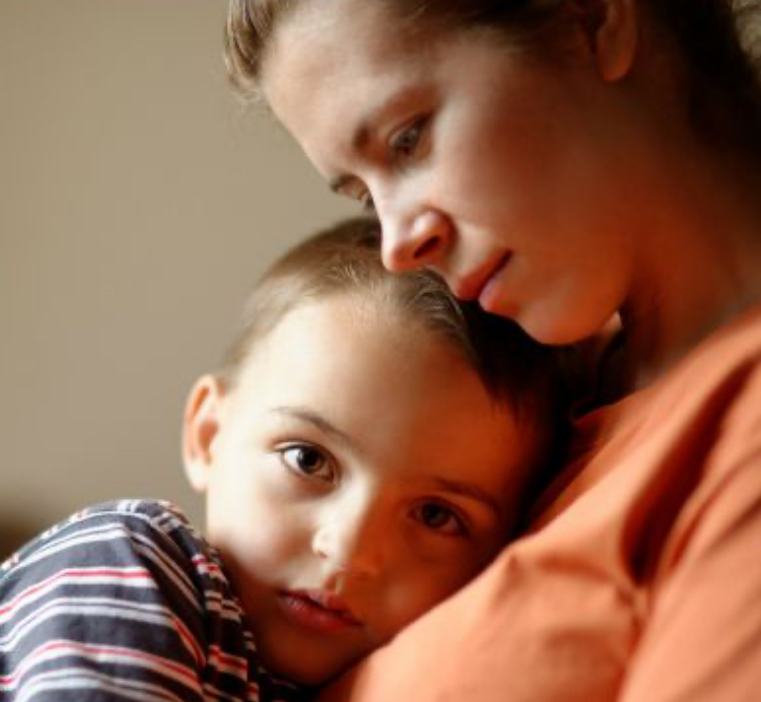Imagine an 10-year-old boy leaning against you, his voice calm, his words carefully chosen:
“It upsets me… but don’t worry, I can sort myself out.”

In those few words, he shows both his wound and his armour. On the one hand, he admits to feeling hurt. On the other, he quickly adds a shield: “I can handle it. Don’t worry. I don’t need too much from you.”
Moments like this are sacred. A child is saying:
“I trust you enough to tell you what hurts, but I’m not sure it’s safe to need anyone. So I’ll tell you… and then protect myself with anger, with independence, with strength.”
As adults, our instinct might be to fix it, reassure them, or brush it away with a quick, “Don’t let it bother you.” But what children need most in these moments is not fixing — it’s safety.
Anger as Armour
Anger in children often gets a bad reputation. We label it as “acting out,” “being defiant,” or “not coping.” But if we look closely, anger is rarely the problem. It is a signal.
Anger says: “Something feels unfair. Something hurts. I don’t feel safe.”
For many children, especially those who have been teased, excluded, or misunderstood, anger becomes their suit of armour. It protects them from feeling too vulnerable, too small, too breakable.
And here’s the irony: when we rush to push away their anger, they only need the armour more. But when we make space for it — when we say, “I see it, and it makes sense” — it can start to loosen.
Becoming the Safe Space
So how do we hold safe space when a child shows us both their hurt and their shield?
It begins with presence. First and foremost slow yourself down. Breathe. Let them feel that you are not afraid of their feelings. Then, respond simply:
- “That sounds really upsetting.”
- “It makes sense you’d feel angry.”
- “I can see how strong you are, wanting to protect yourself.”
These words do something powerful: they validate. Validation doesn’t mean we approve of everything a child does with their anger, but it shows them that their feelings make sense — that they are not “too much” for us.
Offering Choice
After validation, we can gently offer them a chance to decide how they want to interact with us in that moment:
- “Would you like me to just listen, or would you like some help thinking about what you could do?”
This gives the child control over the next step. It honours both their strength and their need for support.
When the Child Says, “I Need Help”
When a child asks for help, the goal isn’t to lecture or overload them with emotional principles. It’s to keep things simple, practical, and compassionate. Here are some gentle suggestions you might offer:
- Clear, Calm Boundaries
- “You can say, ‘I don’t like that. Stop.’ You don’t have to shout, but you can say it strong and clear.”
- This validates their anger while giving them a safe, effective script.
- Safe Outlets for Anger
- “When the angry feelings are really big, you can stomp your feet, squeeze a pillow, or draw what it feels like.”
- This gives anger a release without harm.
- Compassion for Themselves
- “When you’re angry, it’s also okay to take a break and remind yourself you deserve kindness.”
- This balances the fierceness of anger with gentleness toward the self.
- Kindness for Others (an important shift but do not launch straight into this – with your belief ‘he must be kind to others’. First they need to learn to be kind to themselves – so use this when ready).
- “Sometimes kids are unkind because they’re hurting too. It doesn’t make it okay, but remembering that can make it sting less.”
- This step comes only after their own feelings are seen and validated.
The Mirror for Adults
Here’s the harder truth: we can only hold safe space for our children if we are learning to hold it for ourselves; literally learning to be kind to self first – then practising kindness to others – but a parent does not have that space.
If we struggle to face our own anger, we will rush to shut down theirs. If sadness feels shameful in us, we’ll try to brush it away in them.
To sit with a child’s storm, we must ask ourselves: Am I a safe space for me?
- Can I notice my own anger without judgment?
- Can I let myself feel upset without hurrying to fix it?
- Can I breathe and say, “You make sense. You are not too much for me” — even when the “you” is myself?
Children don’t just learn from our words. They learn from our presence. They learn from how we carry our own storms.
A Personal Reflection
I remember a moment like this with a child (now anonymised) — I froze, just held them, and let them settle back into play.
Later, reflecting, I realised that simple presence was exactly what they needed. The child’s resilience was clear, yet so was the isolation they sometimes carry.
You might say: “I see how strong you are. And you don’t have to do it alone. I’m here.”
